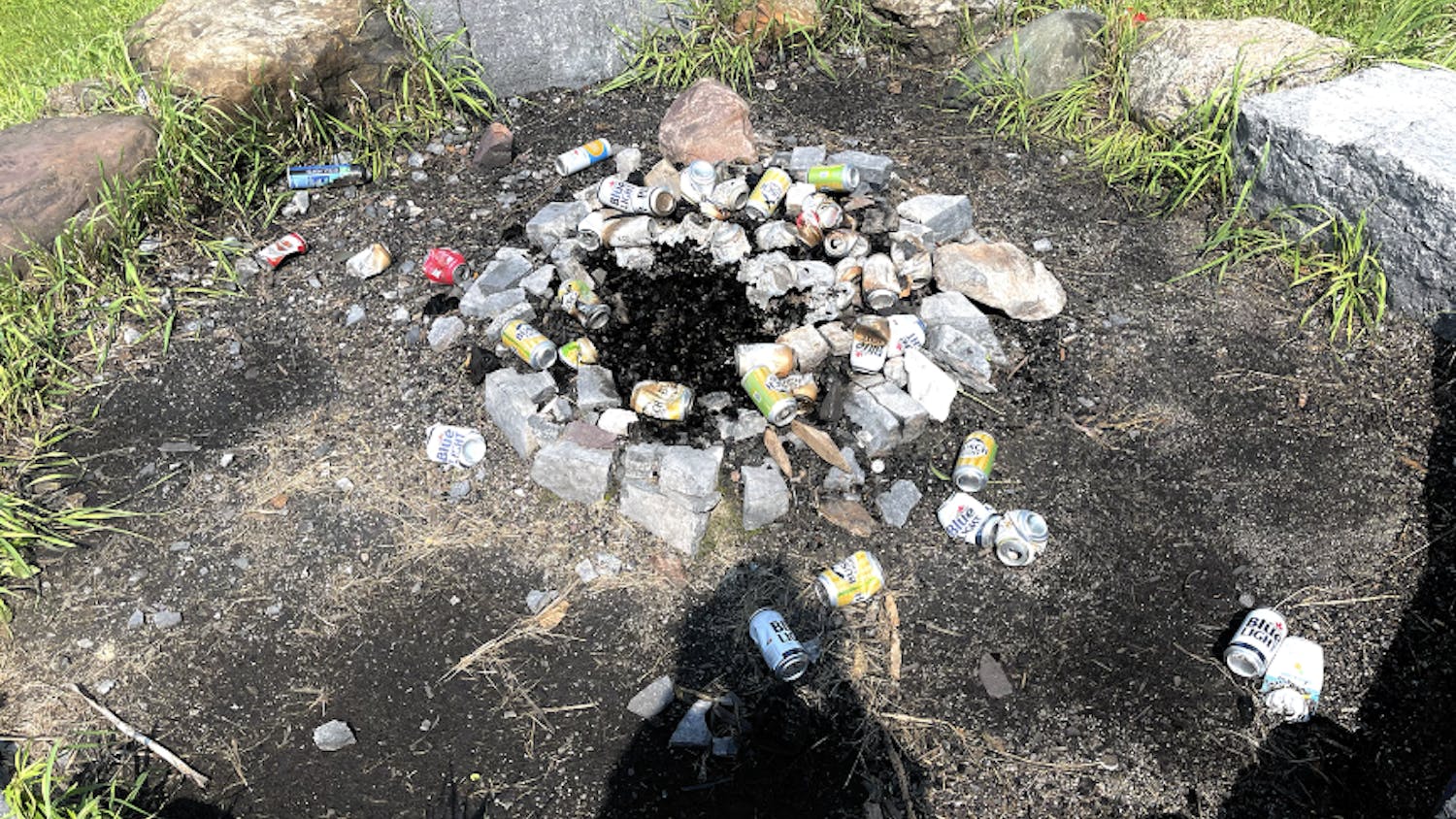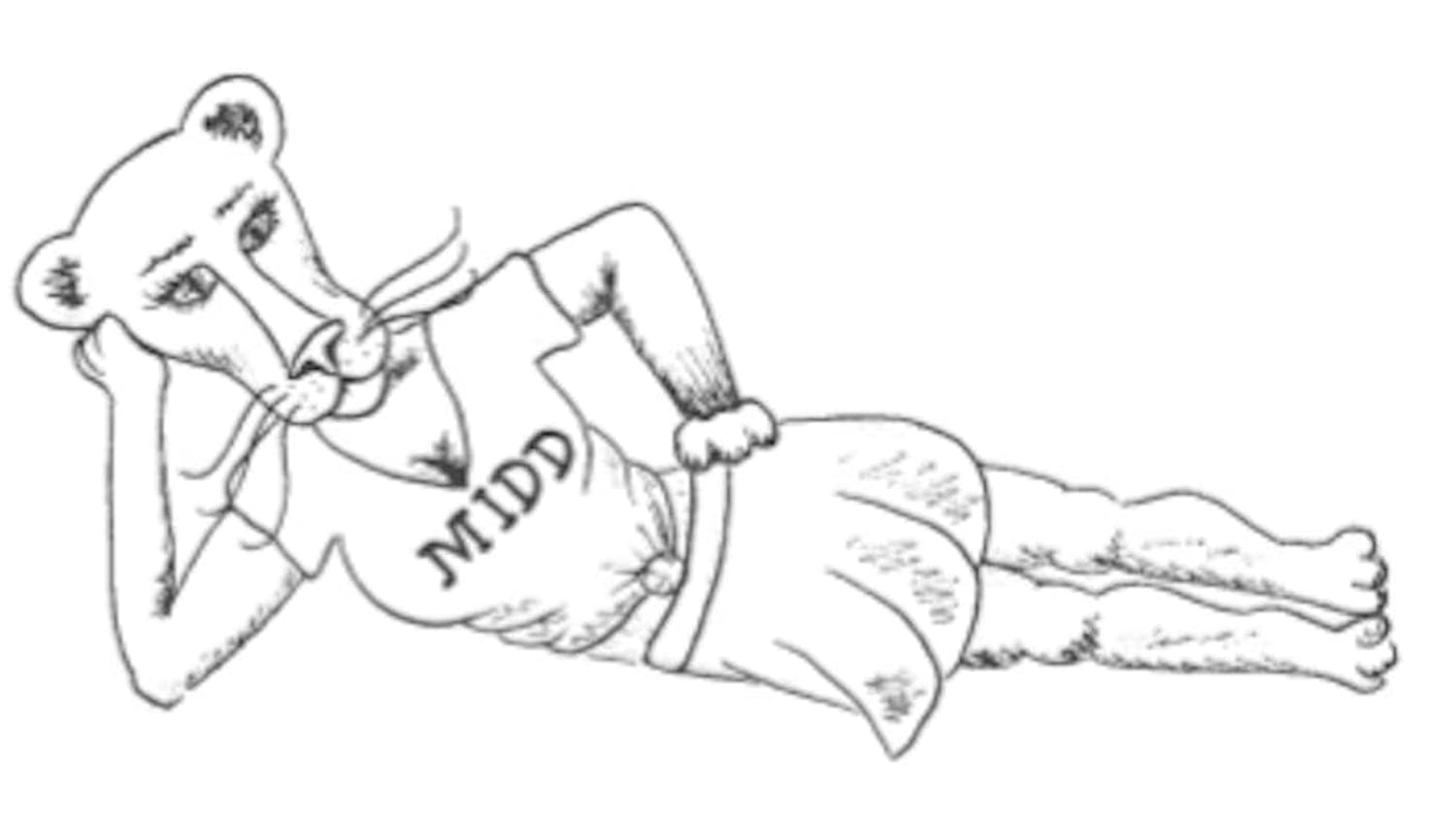In a recent study about race relations at Middlebury, many students reported that the majority of prejudiced, racist or stereotypical actions of Middlebury students were primarily the result of ignorance. One student noted that when ignorance is involved, it means, “just not really knowing, and not really being sensitive.” Students make assumptions because they do not know better. The number of Middlebury students who simply do not know better is an issue the school as a whole must begin to address.
I believe that implementing a Social Justice distribution requirement would broaden students’ perspectives and encourage respect for all people in our diverse community. Through conversations about the experiences of others we can develop tools for understanding, social engagement and action for change.
What a Social Justice Distribution Requirement Would Look Like
SOJ: Courses that focus on social justice as a lens. These courses should address, but are not limited to, multicultural understanding, prejudice, privilege, oppression, inequality and injustice. These courses should include a component directing efforts towards political, cultural, social and personal change.
A primary aim of professors should be fostering a willingness in students to reflect critically and self-critically on perceived versus actual differences. In this way Middlebury students can begin to recognize the ills of complacently ignoring or being blind to segregation, develop a desire to acquire cultural understanding of other students at Middlebury and ultimately lay the groundwork for life-long dedication to social justice and engagement with diverse cultures and peoples.
Why Middlebury Needs a Social Justice Distribution Requirement
Many students can spend their four years at Middlebury without ever meaningfully interacting with individuals different from themselves. As one black student described, “I’ve been in conversations where people have no way of fathoming what it means to be a minority.” Such a lack of understanding directly counters Middlebury’s mission statement to cultivate the “social qualities essential for leadership in a rapidly changing global community.”
Without a cultural understanding of what it means to be perceived as different, Middlebury students are not prepared for engagement in cross-cultural encounters. While Middlebury holds discussions, cultural events and hosts speakers who talk about issues regarding diversity and social justice, the same crowd continues to show up at these campus events. The diversity initiatives at present are clearly not effective.
The truth is that issues of race and difference do not affect the majority of students at Middlebury, and since they do not have to think about it, they do not.
Another student said, “that’s where the problem comes in — breaking down that wall where you have to get them to think about this on a daily scale. Like this is the life I lead, this is the life you lead, now think about what I go through every day because I am aware of what you go through everyday.”
But for the most part, white students often slip through Middlebury’s ‘diverse’ environment and supposedly “open” campus without ever realizing that their ways of life are not the norm, that other people’s daily interactions are tainted by different realities.
Why the Comparative (CMP) Requirement Does Not Cut It
When I read that the College offers “a rich array of undergraduate and graduate programs that connect our community to other places, countries and cultures” I feel somewhat betrayed by Middlebury. Simply learning about another cultural group is not enough when teachers and students study from “a distance,” maintaining a sense of disconnect and dissociation. This disconnect is why the current comparative requirement simply is not enough. Not many classes or events at Middlebury pushed me towards an awareness of my own misunderstandings, stereotypes or limited perspectives. I cannot confidently say that enough students at Middlebury engage in such discussions in any of their classes.
Students need classes that include explicit and critical self-reflection on the ways groups interact with and challenge each other. Students need classes in which they can openly talk about their own differences. Students need classes in which they feel as though they can relate the knowledge gained in class to their own lives.
For a community that claims to “challenge students to participate fully in a vibrant and diverse academic community,” Middlebury needs to institutionally push students out of their comfort zones in the classrooms.
How a Social Justice Distribution Requirement Will Help
Middlebury students, being friendly, do not engage in outright racism, but many do exhibit misunderstanding. In order for a profound shift in the culture of student life to occur, Middlebury must set in place institutional initiatives to make students aware of the importance of informal interactions between students of different groups.
Psychologists Gurin, Dey and Hurtando say “educators must intentionally structure opportunities for students to leave the comfort of their homogenous peer groups and build relationships across racially/ethnically diverse student communities.” If such opportunities are not introduced to students, problematic automatic thinking will continue to dominate. Accordingly, “one of our tasks as educators is to interrupt these automatic processes and facilitate active thinking in our students.”
A new distribution requirement would disturb the reflexive thinking of students at Middlebury and encourage effortful, conscious thinking about issues of social justice. Once students become aware of these issues, discussions sparked in classrooms will provide the clarity and encouragement for students to break out of their comfort zones and continue with conversations outside of the classrooms, eventually translating awareness and conversation into action.
Proposal for a social justice distribution requirement - Paloma Dugan
Comments



